Soft tire sidewalls are better for noise and comfort whereas hard sidewalls are better for performance and handling.
If you’re looking for a new set of tires, you may have heard about soft vs hard tire sidewalls and which are the best choice for you. Both have their pros and cons, so it can be tough to decide which is the best option.
In this article, we will discuss the benefits of both soft and hard sidewalls so that you can make an informed decision about what’s best for your needs.
There are a lot of varying factors between both soft sidewalls and hard sidewall. The decision of whether to choose soft or hard tire sidewalls is one that depends on your individual needs and preferences.
If you are looking for a tire that provides better grip, comfort, and traction, then soft sidewalls may be the better choice for you. We would recommend a soft sidewall for anyone looking for a tire to drive day to day.
However, if you are looking for a tire that is more resistant to punctures and damage or one that provides better responsiveness and handling, then hard sidewalls are the way to go. Harder sidewalls are less suited for daily driving and are more common on supercars to make the most of their high performance.
UHP (ultra high performance) tires and race tires also mainly have hard sidewalls to withstand the high cornering forces and high speeds. These tires are also designed with a much smaller ratio of tire sidewall to the rest of the tire which makes the ride less comfortable but increases performance.
The tire sidewall is the portion of the tire that extends from the edge of the tread to the bead. It is the part of the tire that is most visible when looking at any vehicle.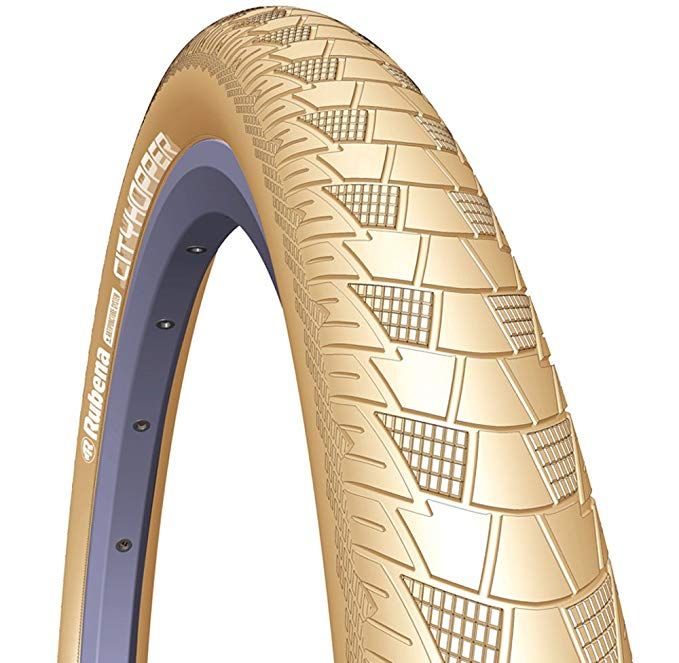
It is an important part of the tire because it helps to protect the inner workings and cords in the tire and provides support for the tread . The sidewall has a large effect on how a tire performs overall.
Tire sidewalls come in a variety of different sizes and aspect ratios, with large tire sidewalls more common on larger vehicles such a trucks and SUVs. The aspect ratio is the difference in size between the height and width of a tire. A lower aspect ratio means a smaller sidewall compared to the width of the tire, and vica versa for large aspect ratios.
Performance tires tend to have a lower aspect ration with smaller sidewalls. This helps to the tires to be resistant to too much flexing when under high stresses, giving better handling, responsiveness and overall performance at high speeds.
When describing a tire sidewall as hard or soft, this is referring to the flexibility of the sidewall. A hard sidewall means that the sidewall has been manufactured to be harder and is less likely to flex, while a soft sidewall is designed to be more flexible.
A hard sidewall means that the sidewall has been manufactured to be harder and is less likely to flex, while a soft sidewall is designed to be more flexible.
Tires that are designed to be harder will have a thicker sidewall than tires designed to be soft. This thickness varies from between between 6 and 15mm in thickness or around 1/4 to 5/8 inches.
All tires come with a tire treadwear indicators which are printed on the tire sidewalls and form part of the US Uniform Tyre Quality Grading system (UTQG). These numbers range from 60 to 800 and describe the hardness of a tire and how long a tire tread is expected to last.
60 is the shortest treadwear life expectancy and 800 is the longest. This can be used as an indicator as to whether the tire has a hard or soft tire sidewall and whether the tire has been designed for performance or longevity.
One of the main benefits of having a soft tire sidewall is that it provides better grip.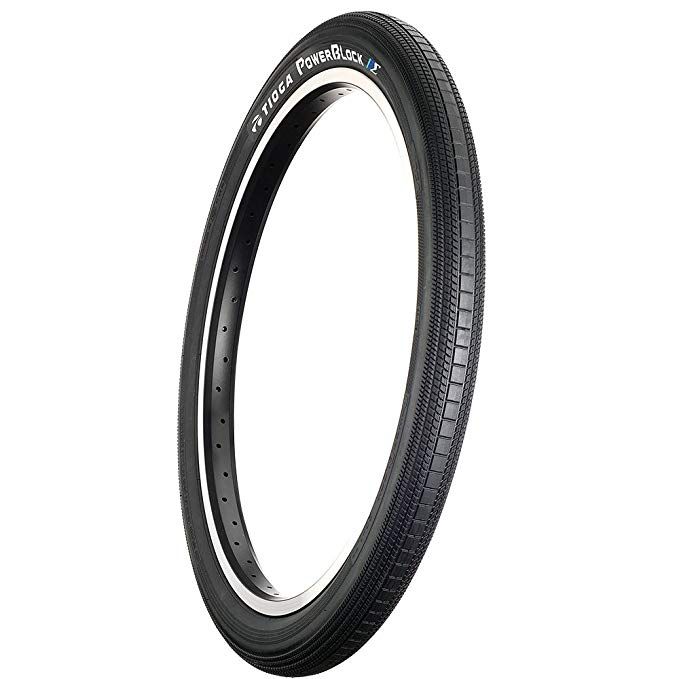 This is because the softer material can conform to the shape of the road surface more easily, providing more contact with the ground and therefore more grip.
This is because the softer material can conform to the shape of the road surface more easily, providing more contact with the ground and therefore more grip.
This is especially beneficial in wet or icy conditions where traction is essential. Soft sidewalls also help to make a vehicle more comfortable as they absorb vibrations and bumps from the road surface better than hard sidewalls.
Softer sidewalls will have less steering responsiveness however compared to hard sidewalls. This is due to the fact that they can flex more when cornering, resulting in less precise handling.
Harder tire sidewalls are not as good at absorbing vibrations and bumps from the road surface, but they have other benefits. One of these benefits is that hard sidewalls can help to improve fuel economy. This is because they are less likely to flex and deform, meaning that there is less resistance and therefore less drag.
One of these benefits is that hard sidewalls can help to improve fuel economy. This is because they are less likely to flex and deform, meaning that there is less resistance and therefore less drag.
Harder sidewalls can also improve handling as they provide more support to the tire tread, especially at higher speeds. This can help to prevent the tread from deforming under heavy braking or cornering, providing a more stable and predictable ride.
Harder sidewalls also tend to be more resistant to punctures and damage. However, they can be more uncomfortable on rough roads and may not provide as much traction in off-road conditions.
As you can see, there are a lot of varying factors between both soft sidewalls and hard sidewall. The decision of whether to choose soft or hard tire sidewalls is one that depends on your individual needs and preferences.
The decision of whether to choose soft or hard tire sidewalls is one that depends on your individual needs and preferences.
If you are looking for a daily tire that provides better comfort and a quieter ride and you will be driving on smooth roads, then soft sidewalls may be the better choice for you.
If you are looking to maximise the life of your tires or are more interested in tire that maximise the handling and performance of your vehicle, then a hard sidewall will be more ideal for you.
Which type of sidewall is better for you will also depend on what vehicle you are driving. Sedans and smaller cars will be limited to choosing tires with a smaller aspect ratio, unlike pickups, trucks and SUVs which have much more wheel clearance and suit a much larger sidewall and aspect ratio. This is part of what gives them their superior off road performance.
This all needs to be taken into account in your choice between soft vs hard tire sidewalls. Ultimately, it is up to you to decide which type of tire is best suited to your needs.
Ultimately, it is up to you to decide which type of tire is best suited to your needs.
For the best tires for your vehicle, check out our tire review guides where we outline the best tires for all vehicles.
We hope you enjoyed this article and found it informative. If you have any questions then please leave a comment below or get in touch via email or through social media and we will read and respond to every comment, email or question. Thanks for reading!
Yes, there are plenty of tires that are designed to be a happy mid way point between both hard and soft sidewalls. Although they wont be as good as a tire with dedicated hard vs soft tire sidewalls, they will definitely have some of the benefits of both
 Sturdy Sidewall — Rethink Your Rubber
Sturdy Sidewall — Rethink Your Rubber FeaturedCircle Science
Written By Kaylee Zozos
Now that you feel confident about everything we’ve covered so far in our past articles, we think you are ready to tackle the difference between a sturdy and stretchy sidewall. In this article, we’ll cover both the difference between the two and which might be a better fit for you! Let’s get into it!
Sturdy Sidewalls
Generally speaking, higher performance and competition tires have a lower aspect ratio which means that the sidewall is smaller and sturdy. What is aspect ratio you ask? An aspect ratio is the relationship between the height and width of a tire. Having a lower aspect ratio causes the tire to have better lateral stability around corners. That means that those tires are able to resist the force put on them when you are attacking a corner. In turn, this means that tires with a lower aspect ratio generally have more sturdy sidewalls which roll less than stretchy sidewalls. That means that if you have a sturdy sidewall, you would be able to better control the contact patch which means better vertical movement and resistance against lateral forces. There is a downside which is that a sturdy sidewall will also reduce comfort as it will absorb very little on the road (not so much fun for daily driving). This sounds like we are throwing a lot of Lab Corp Science at you but we have a point here. For all of those reasons, all race tires have a sturdy sidewall (including the Accelera 651 Sport, of course). In order to be competitive, race tires (rubber with TRW of 200 or less) need to be able to withstand high speeds and intense movements. Making a lower aspect ratio and overall reinforced sidewall ideal.
That means that those tires are able to resist the force put on them when you are attacking a corner. In turn, this means that tires with a lower aspect ratio generally have more sturdy sidewalls which roll less than stretchy sidewalls. That means that if you have a sturdy sidewall, you would be able to better control the contact patch which means better vertical movement and resistance against lateral forces. There is a downside which is that a sturdy sidewall will also reduce comfort as it will absorb very little on the road (not so much fun for daily driving). This sounds like we are throwing a lot of Lab Corp Science at you but we have a point here. For all of those reasons, all race tires have a sturdy sidewall (including the Accelera 651 Sport, of course). In order to be competitive, race tires (rubber with TRW of 200 or less) need to be able to withstand high speeds and intense movements. Making a lower aspect ratio and overall reinforced sidewall ideal.
Stretchy Sidewalls
A stretchy sidewall is great for a smooth ride. But because of that, you sacrifice performance as you would not have as much handling or stability compared to a sturdy sidewall. Having a stretchy sidewall is more forgiving than a sturdy sidewall which can help drivers feel more confident. On the other hand, if you have a sturdy sidewall, the tire will be much more responsive and slightly ‘snappy’ which can be a difficult thing for new drivers. Another thing to consider is if you want to stretch your tires to widen the stance of their car. Yes, we are talking to you stance boyz. This must be done with tires that have stretchy sidewalls because you are literally stretching the sidewall to fit over a larger than recommended wheel. (Side note: Stretching your tires is only done for appearance and has no performance benefits.) Again, we are talking to you Stance boyz. All and all most standard passenger tires or UHPs will have a stretchy sidewall. The standard daily driver has no need for cornering strength, but for a smooth quiet ride.
But because of that, you sacrifice performance as you would not have as much handling or stability compared to a sturdy sidewall. Having a stretchy sidewall is more forgiving than a sturdy sidewall which can help drivers feel more confident. On the other hand, if you have a sturdy sidewall, the tire will be much more responsive and slightly ‘snappy’ which can be a difficult thing for new drivers. Another thing to consider is if you want to stretch your tires to widen the stance of their car. Yes, we are talking to you stance boyz. This must be done with tires that have stretchy sidewalls because you are literally stretching the sidewall to fit over a larger than recommended wheel. (Side note: Stretching your tires is only done for appearance and has no performance benefits.) Again, we are talking to you Stance boyz. All and all most standard passenger tires or UHPs will have a stretchy sidewall. The standard daily driver has no need for cornering strength, but for a smooth quiet ride.
Sturdy or Stretchy?
As you can tell, sidewall plays a bigger role in your tire’s performance than you probably thought. If you usually race on a track or road course, a sturdy sidewall is best. This is because having a hard sidewall won’t allow the tire to roll and will allow you to control the contact patch. The sidewall on your tire can make a huge difference which is why it is so important to choose the right type for you. If you usually race on a straight line or plan on using these tires for your daily driving, a soft sidewall is better. This is because a softer sidewall provides a much smoother ride as it can flex and absorb bumps in the road. But remember, the smoother ride sacrifices performance which is why most performance tires have a sturdy sidewall. So, choose wisely.
If you usually race on a track or road course, a sturdy sidewall is best. This is because having a hard sidewall won’t allow the tire to roll and will allow you to control the contact patch. The sidewall on your tire can make a huge difference which is why it is so important to choose the right type for you. If you usually race on a straight line or plan on using these tires for your daily driving, a soft sidewall is better. This is because a softer sidewall provides a much smoother ride as it can flex and absorb bumps in the road. But remember, the smoother ride sacrifices performance which is why most performance tires have a sturdy sidewall. So, choose wisely.
DriftEducationTrackAccelera 651 SportAccelera PHICircle Science
Kaylee Zozos
Paying attention to the hardness and softness of the tire rubber when choosing a tire, do not forget that the wheel can have a hard and soft sidewall, which will affect certain properties tires. Let's see what are the pros and cons of a soft sidewall, and also what good summer tires with a hard sidewall are, and what are its disadvantages.
Let's see what are the pros and cons of a soft sidewall, and also what good summer tires with a hard sidewall are, and what are its disadvantages.
Even if the tire tread rubber is soft, the side of the tire can be quite hard, in some cases specially reinforced - summer tires with reinforced sidewall..jpg) The stores offer tire models of various thicknesses and sidewall stiffness, so it is better to feel each tire with your hands in order to buy exactly what you need. Tire manufacturers strive to create the sidewall of their wheels in such a way that with a minimum thickness of the sidewall, they have maximum strength and comfortable stiffness. Summer tires with a rigid sidewall have their own advantages and disadvantages.
The stores offer tire models of various thicknesses and sidewall stiffness, so it is better to feel each tire with your hands in order to buy exactly what you need. Tire manufacturers strive to create the sidewall of their wheels in such a way that with a minimum thickness of the sidewall, they have maximum strength and comfortable stiffness. Summer tires with a rigid sidewall have their own advantages and disadvantages.
Soft sidewall tires are found in tire shops in various price ranges. The soft sidewall on tires can be either on a tire with a soft or a hard rubber compound. What does the soft sidewall of the tire give and what threatens its use? Despite its softness, the tire sidewall can be strong enough for operation not only in urban conditions, but also in highway conditions, where special reliability is required from the tire. It must be remembered that if you choose low-profile tires, then it is better not to consider them with a soft sidewall, otherwise the rubber can quickly fail, tearing the side of the tire against the wheel disk on asphalt breaks. For the track, it is better to choose tires with a sidewall of medium softness, you will get reliable operation with virtually no loss of comfort. As with anything, there are pros and cons to soft sidewall tires.
What does the soft sidewall of the tire give and what threatens its use? Despite its softness, the tire sidewall can be strong enough for operation not only in urban conditions, but also in highway conditions, where special reliability is required from the tire. It must be remembered that if you choose low-profile tires, then it is better not to consider them with a soft sidewall, otherwise the rubber can quickly fail, tearing the side of the tire against the wheel disk on asphalt breaks. For the track, it is better to choose tires with a sidewall of medium softness, you will get reliable operation with virtually no loss of comfort. As with anything, there are pros and cons to soft sidewall tires.
Recommended for car owners:

When choosing which tire sidewall is better, hard or soft, you need to pay attention to your own preferences, beliefs, driving style and operating conditions of the car with the tires you choose. Below are recommendations on whether it is better to choose summer tires with a hard sidewall or a soft sidewall, taking into account the most common conditions of use of a car and the driving style of drivers.
With a relaxed driving style, you can buy summer tires of almost any hardness or softness of the sidewall.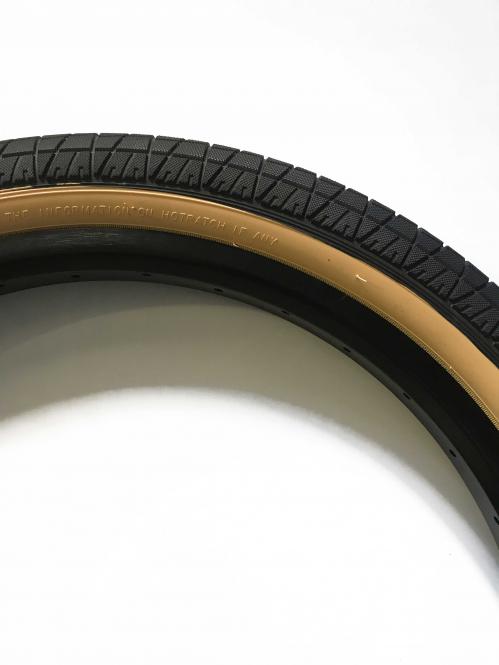 With measured driving, the load on the tire is minimal, therefore, it is more logical to buy tires with a softer side part.
With measured driving, the load on the tire is minimal, therefore, it is more logical to buy tires with a softer side part.
This tire will be more comfortable than a hard beaded tire, and at the same time no less reliable in medium impact and high-speed loads. When choosing summer tires, it is better to choose a sidewall of medium softness or hardness, this will be the most balanced tire option that will allow you to feel confident and comfortable on any road surface. You can choose tires with the maximum softness of the sidewall if the car is planned to be used in urban conditions on a road surface of no worse than average quality, while the height of the tire profile will not tend to a low profile.
With an active driving style, any summer tire sidewall will not work. Active driving increases the load on the tires, and, therefore, the selection of tires must be approached with the maximum understanding of what properties and qualities are required from them.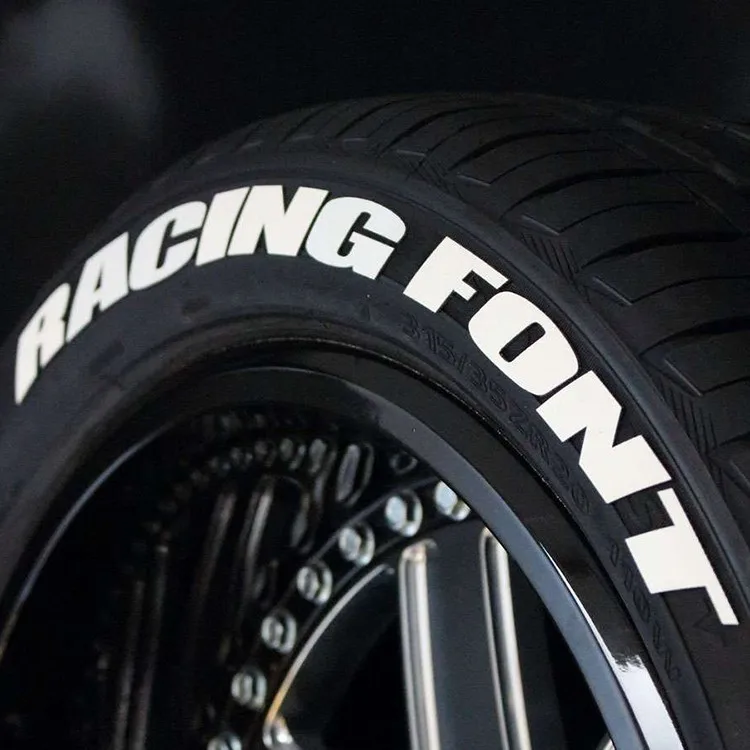
A dynamic driving style requires high reliability from tires, which means that it is better to choose tires with a hard side part, there will be less comfort compared to soft tires, but there will be much more confidence in the tires, which will allow you to get the most out of active driving. The more aggressive the driving, the stiffer the sidewall of the tire needs to be in order to support the intended loads.
When choosing a sidewall for summer tires for the city, first of all, you should pay attention to the quality of roads for future use. If the roads are predominantly without pits, potholes and washboards, then you can choose any tires.
If the roads are more often broken than even, then the tires should be chosen the harder, the lower the tire profile and the more active driving style, which increases the requirements for reliability. For comfortable urban movement, you can choose tires with a fairly soft sidewall, but in this case, the tire profile should not be underestimated, but, on the contrary, if possible, increased within the dimensions recommended by the car manufacturer.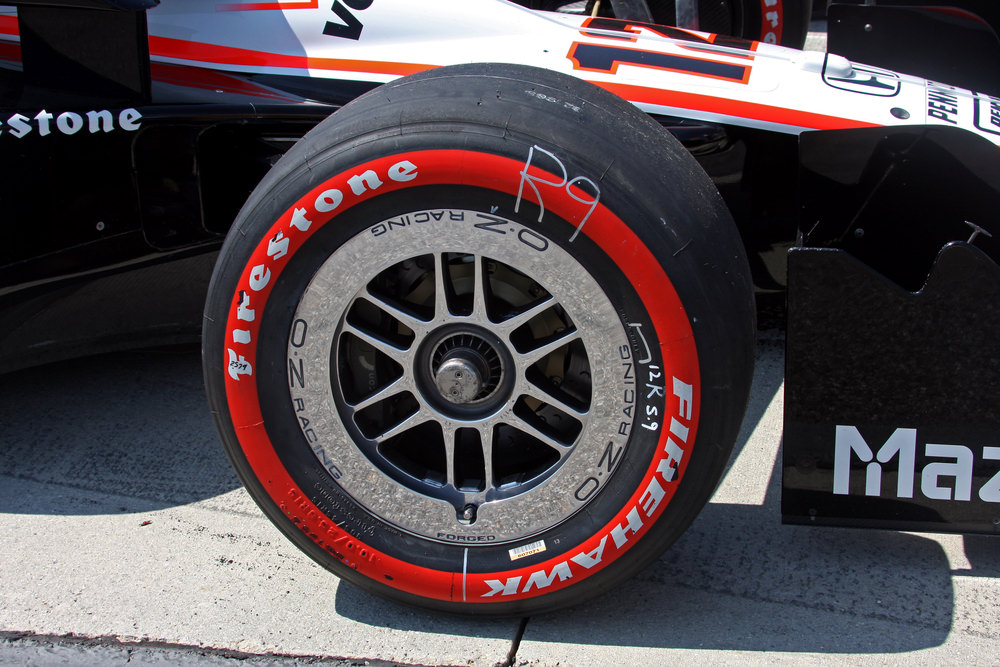 In some cases, it makes sense to buy wheels and tires with a smaller radius, but at the same time, with an increased profile of the soft sidewall of the tire, so that the wheel diameter remains the same.
In some cases, it makes sense to buy wheels and tires with a smaller radius, but at the same time, with an increased profile of the soft sidewall of the tire, so that the wheel diameter remains the same.
When choosing summer tires for road use, first of all, you need to choose reliable tires that will withstand high speed and shock loads in case the wheel hits a pothole.
Summer tires with a strong sidewall will be preferred as the track requires more safety. Therefore, it is better to sacrifice comfort and choose a tire with optimal sidewall stiffness, which will allow you to feel more confident on the track. By and large, all recommendations for choosing tires for an active driving style are suitable for choosing tires for the track. In both cases, increased tire reliability is required, which is the passive safety of any car.
If the car is driven most often on dry dirt and gravel roads, then summer tires with a strong sidewall are suitable.
For dirt and gravel, not only the lateral stiffness of the tire is important, but also the stiffness of the tread rubber, as well as a more “evil” tread compared to road tires, which will withstand loads from sharp stones, protruding roots and a “washboard”.
As long-term practice of millions of car owners shows, if you choose the right car tires for the operating conditions, they will last much longer. In the case when there is not enough money to buy tires of suitable quality and reliability for the operating conditions, it is better to borrow or buy on credit exactly those tires that are best suited, otherwise the tires may not last very long. For example, if you use soft asphalt tires on a gravel road, you will have to buy a new set of tires much earlier than if you had originally bought suitable tires.
Online services that will be useful for car owners:
